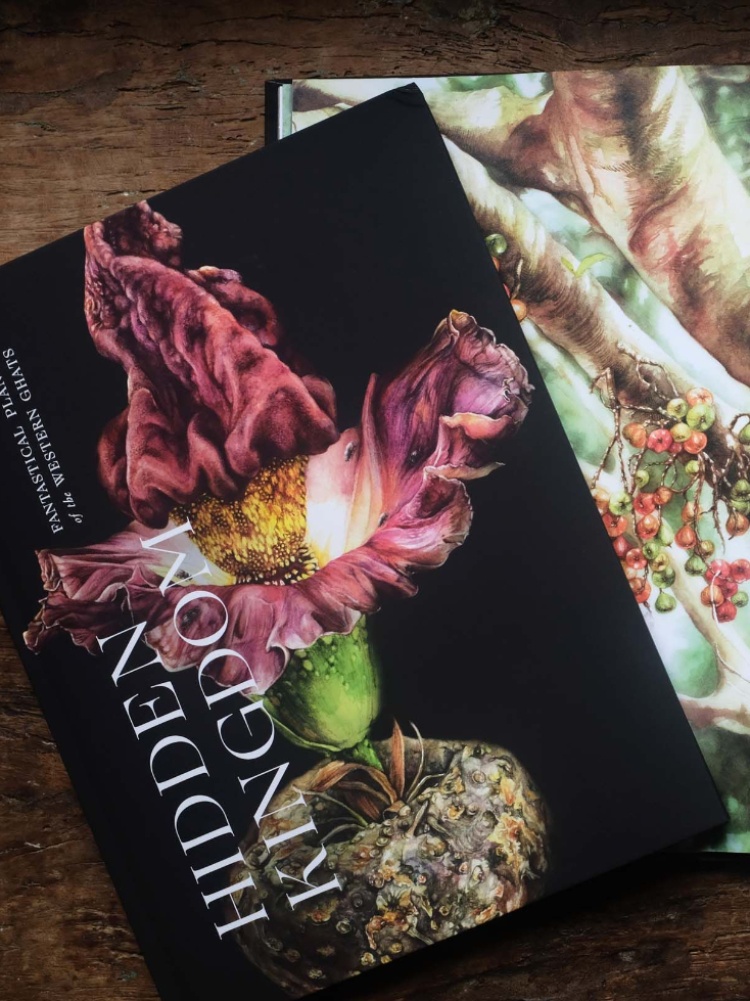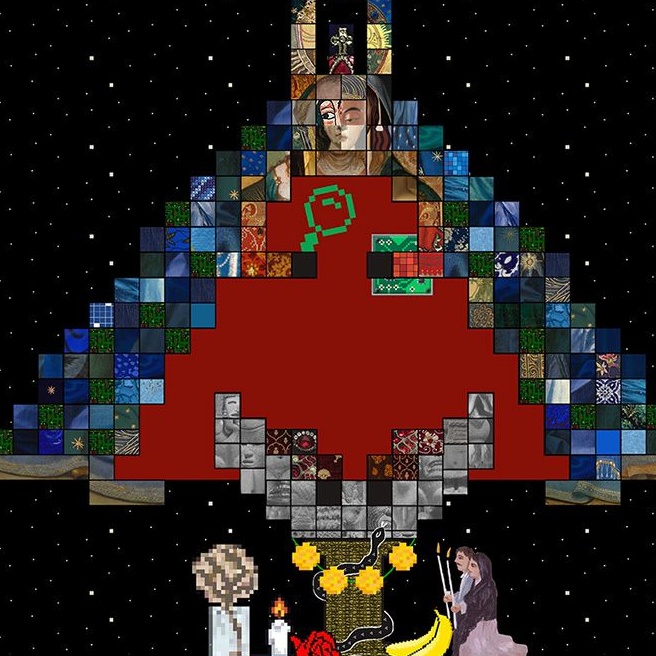In an age where our relationship with nature is fast deteriorating, here’s your new nature fix that doesn’t requisite a green thumb. Cue in, read-of-the-season British writer Olivia Laing’s latest, The Garden Against Time, which is her billet-doux to her tended garden. But for the more visually inclined kind, we have a new crop of artists who are transforming the landscape of botanical art. From delicate paper blooms to lilliputian horticultural kingdoms—these three artists may have very different mediums, but they celebrate the beauty of plant life with a sense of romance, wonder and whimsicality.
Sourabh Gupta, multimedia artist
In 2019, Sourabh Gupta painstakingly crafted 320 white paper daisies by hand for designer Tory Burch’s Met Gala gown. “I didn’t sleep for days,” he recalls of the ethereal white dress. He was back at the Met Gala in 2022, when Oscar de la Renta’s CEO Alex Bolen commissioned him to construct a headpiece for model and heiress, Ivy Getty. The result was a crown of hyper-real serpentine paper vines.
A Brooklyn-based multidisciplinary designer, Gupta is known for creating hyper realistic botanical blooms using artificial materials like paper towels, sponges, shoe polish lids and even, bristles of a brush.
Gupta’s upcycled material-agnostic approach began early on. He grew up in a one-room, windowless home in Hiranagar, a small town in Jammu and Kashmir. “I lived in a very tiny house with no prospect of aesthetics,” he says. His desire to decorate meant he had to build from scratch, which led him to working with available materials and finding “beauty in the simplest of things”—think barbed wires and abandoned tyres.
“It was all about survival,” he explains. “I’ve worked with wood, textile, leather. There was no distinction between art, design or architecture. I didn’t have any boundaries. If it made sense to me, I’d do it. I relied a lot on my instincts and was very self-driven.” At the age of nine, for instance, he fashioned his first paper flowers, using pages torn out of a receipt booklet.
Gupta graduated from the School of Architecture and Landscape Design in Jammu and Kashmir. Yet, he felt an undeniable tug that his calling was elsewhere. “I knew that my world was someplace else,” he says. This led him to winning a scholarship to study Interior Design at Parsons School of Design in New York. Unfortunately, he had to drop out of the program due to financial concerns. “I started doing a bunch of other things after that, since I had to make money to survive,” he says.
In 2017, on a visit to the MET Museum, Gupta came across Japanese designer, Rei Kawakubo’s hyperbolic ensembles with floral motifs which were a part of the Costume Institute’s spring exhibition. It reminded him of the flowers he used to make when he was young, and nudged him to return to his old passion. “I started making botanicals with paper because it was a medium that I could afford.” For colour and texture, Gupta experimented with whatever he could get his hands on: “ketchup, turmeric, mustard seeds, toothpaste, baking soda,” he says.
Soon he was crafting hollyhocks and peonies, and posting them on Instagram. His work caught the attention of high-profile clients, including landscape designer Brian Sawyer, before Tory Burch approached him. “At that time, I had zero idea about the Met Gala,” he admits about the global event that later became his springboard. Since then, Gupta’s work has been featured widely, in publications such as The New York Times and The New Yorker.
The artist calls his creative process, “organic”—he is constantly observing, imbibing and imagining. “I draw installations in my mind,” he shares. Gupta sketches a lot—primarily to “get a sense of volume and form” of a botanical sculpture, after which he makes the prototypes. “I’m not interested in just making another daisy—I’m trying to take the memory of that plant and showcase it in a magical, romantic way,” he says.












